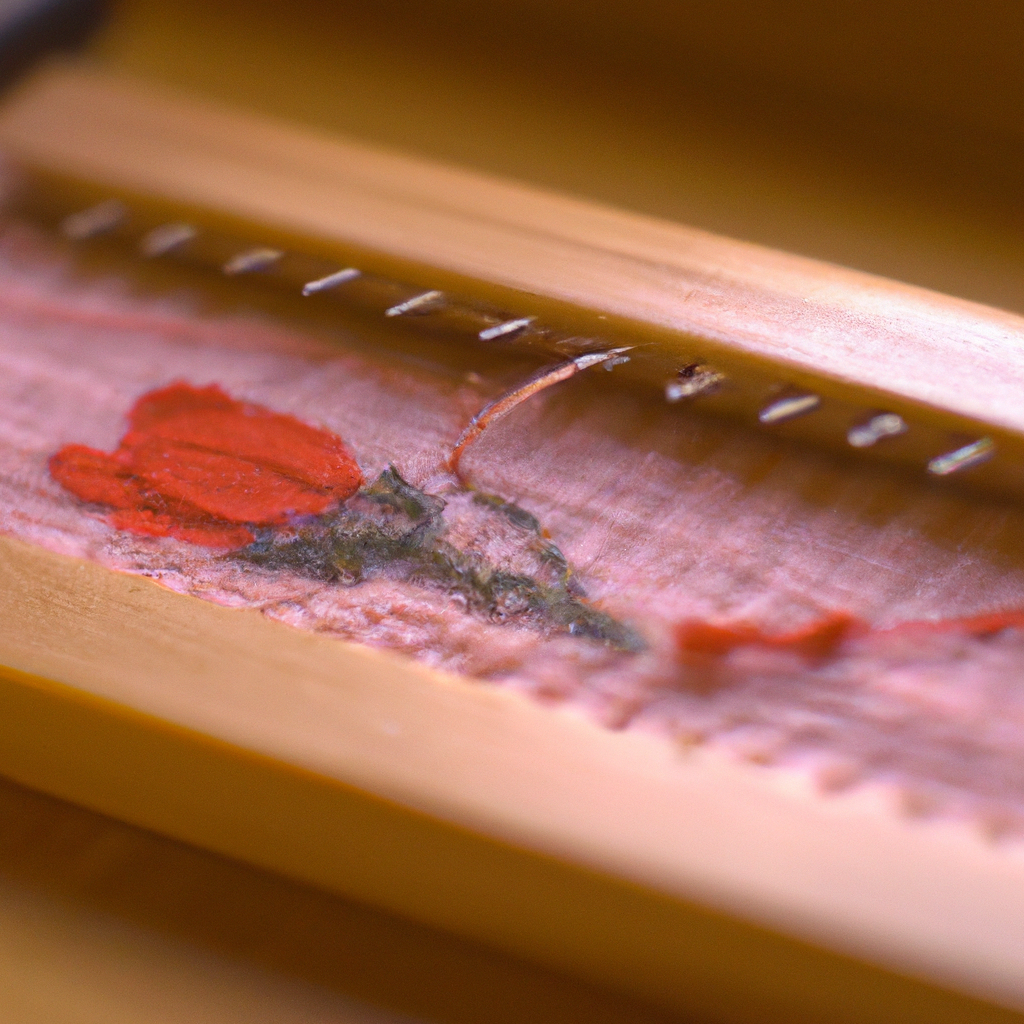Cross-stitch art is a popular form of needlework that involves creating designs by sewing small, X-shaped stitches onto cloth. It is a DIY craft that is enjoyed by people of all ages and skill levels. The unique beauty of cross-stitch art lies in the intricate patterns that can be created using various techniques. In this article, we will explore the techniques involved in creating cross-stitch art, including cross-stitch patterns, embroidery, and needlework.
Cross-Stitch Techniques
Cross-stitch techniques involve creating a design by sewing small, X-shaped stitches onto a piece of cloth. The first step in creating a cross-stitch design is to choose a pattern. Cross-stitch patterns can be found in books, magazines, or online. They can also be created from scratch using graph paper and colored pencils.
Once a pattern has been chosen, the next step is to transfer it onto the fabric. This can be done using a transfer pen or pencil, or by using a lightbox to trace the pattern onto the fabric. It is important to ensure that the pattern is centered and straight before beginning to sew.
To create a cross-stitch design, start by threading a needle with embroidery floss. Embroidery floss comes in a variety of colors and is made of six strands that can be separated to create a thinner thread. Knot the end of the thread and bring the needle up from the back of the fabric. Count the number of squares on the pattern and follow the chart to determine where to make the first stitch.
Insert the needle into the fabric diagonally, from the bottom left corner to the top right corner of the first square. Bring the needle back up through the bottom right corner of the square to complete the first stitch. Continue stitching in this manner, following the chart to create the design. Be sure to keep the tension even and the stitches neat and uniform.
Cross-Stitch Patterns
Cross-stitch patterns are the key to creating beautiful designs. They can be found in books, magazines, or online. Some patterns are free, while others must be purchased. Patterns can also be created from scratch using graph paper and colored pencils.
When choosing a pattern, it is important to consider the skill level required. Some patterns are simple and easy to follow, while others are more complex and require more advanced skills. It is also important to consider the size of the pattern and the type of fabric that will be used.
Embroidery
Embroidery is a technique that is often used in conjunction with cross-stitch to create more intricate designs. Embroidery involves adding decorative stitches to a piece of fabric using a needle and thread. Common embroidery stitches include backstitch, chain stitch, and French knot.
Embroidery can be used to add detail to a cross-stitch design or to create a design on its own. It is often used to create flowers, leaves, and other decorative elements.
Needlework
Needlework is a broad term that encompasses a variety of techniques, including cross-stitch and embroidery. Other forms of needlework include knitting, crocheting, and quilting. Needlework is a popular DIY craft that allows individuals to create beautiful, handmade items.
Conclusion
In conclusion, creating cross-stitch art involves a variety of techniques, including cross-stitch patterns, embroidery, and needlework. These techniques can be used to create intricate designs that are both beautiful and unique. Whether you are a beginner or an experienced crafter, cross-stitch art is a fun and rewarding hobby that can be enjoyed by all.







